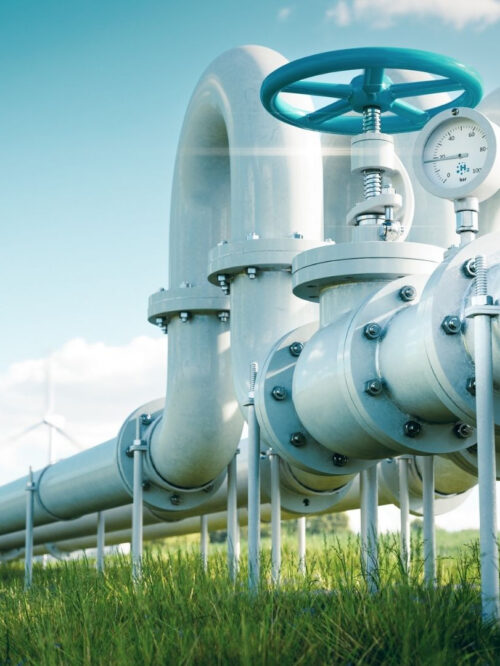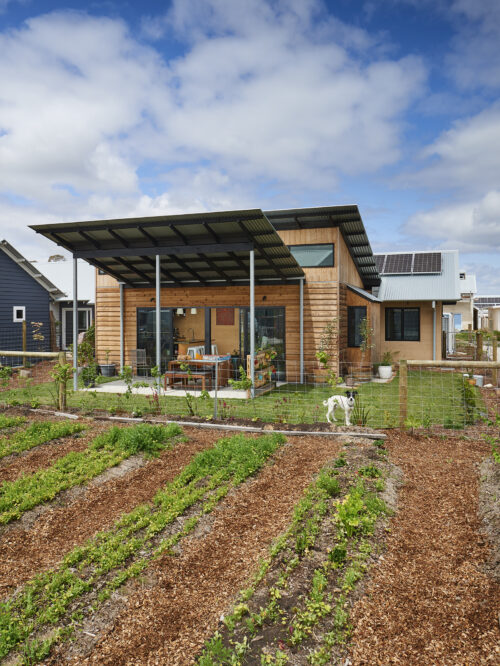CHAPTER 2: THE STORY WITH GAS
Why is gas increasingly expensive?
Gas prices are a function of wholesale prices paid by distributors, network charges and internal and overseas market conditions.
Nearly 80% of Australia’s gas is exported or used in processing gas exports, and Australia’s gas market takes pricing cues from the international market. In part as a result, The Australian Energy Regulator forecasts the domestic price of natural gas to increase by 9.0% in 2022-23.
Since Russia’s invasion of Ukraine, European and Asian liquefied natural gas buyers have been competing for alternatives to Russian gas, which is causing prices to rise and prompting Australian producers to export more uncontracted gas. Following the surge in the price of gas, the value of Australia’s LNG exports hit A$90.8bn (US$61.9bn) in 2022, up 83 per cent from 2021, according to the Australian Bureau of Statistics. Gas companies have recorded significant windfall profits.
Late in 2022, in a bid to tame soaring electricity and gas prices, the Australian Federal government introduced emergency laws capping the price of domestic gas at $12 a gigajoule for 12 months and has introduced a mandatory code of conduct to influence domestic gas availability and pricing beyond the end of the year.
While both gas and electricity prices have risen since early 2022, Renew’s analysis finds that all-electric homes have experienced overall lower energy bill increases than homes with a gas connection.







